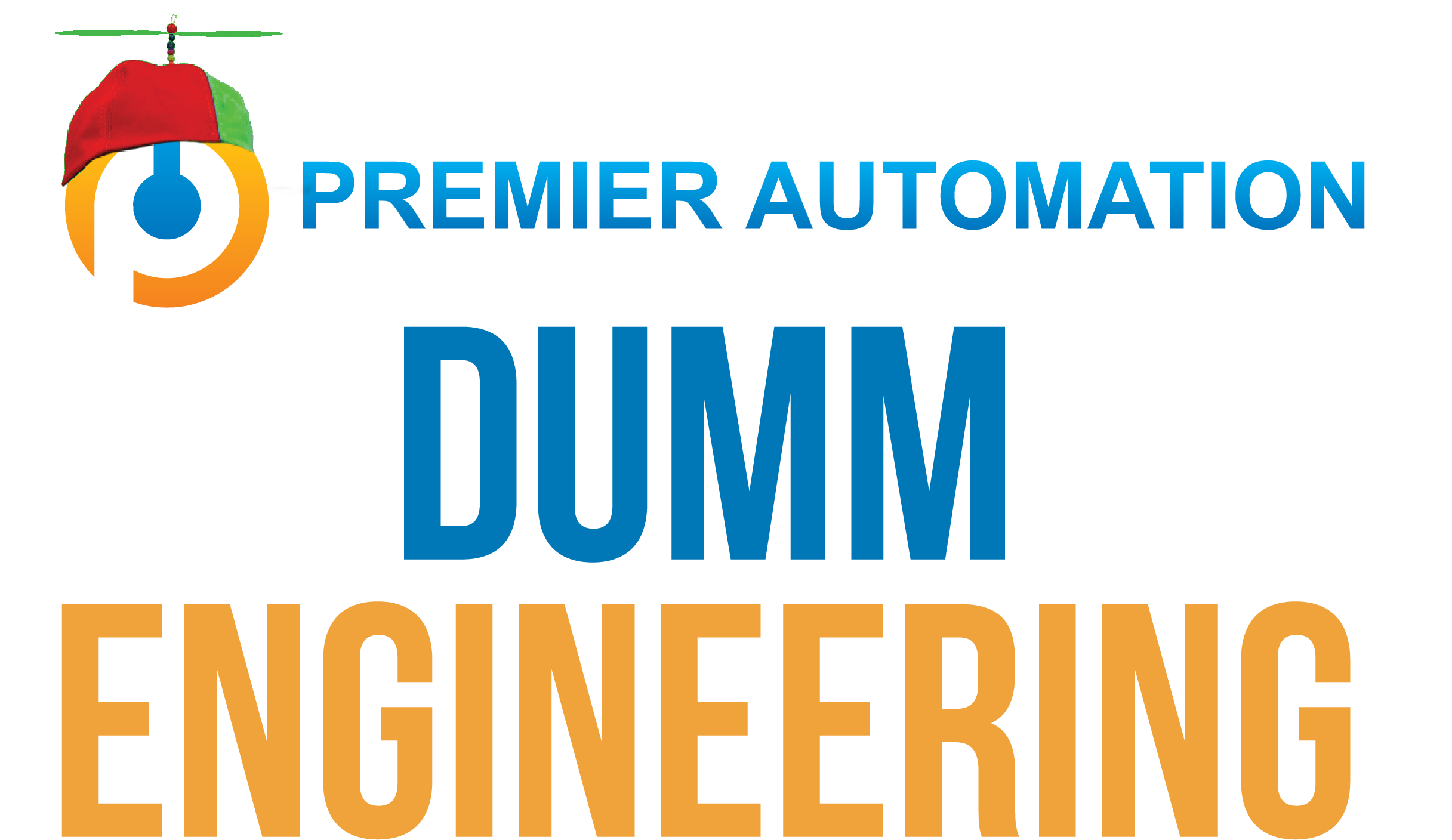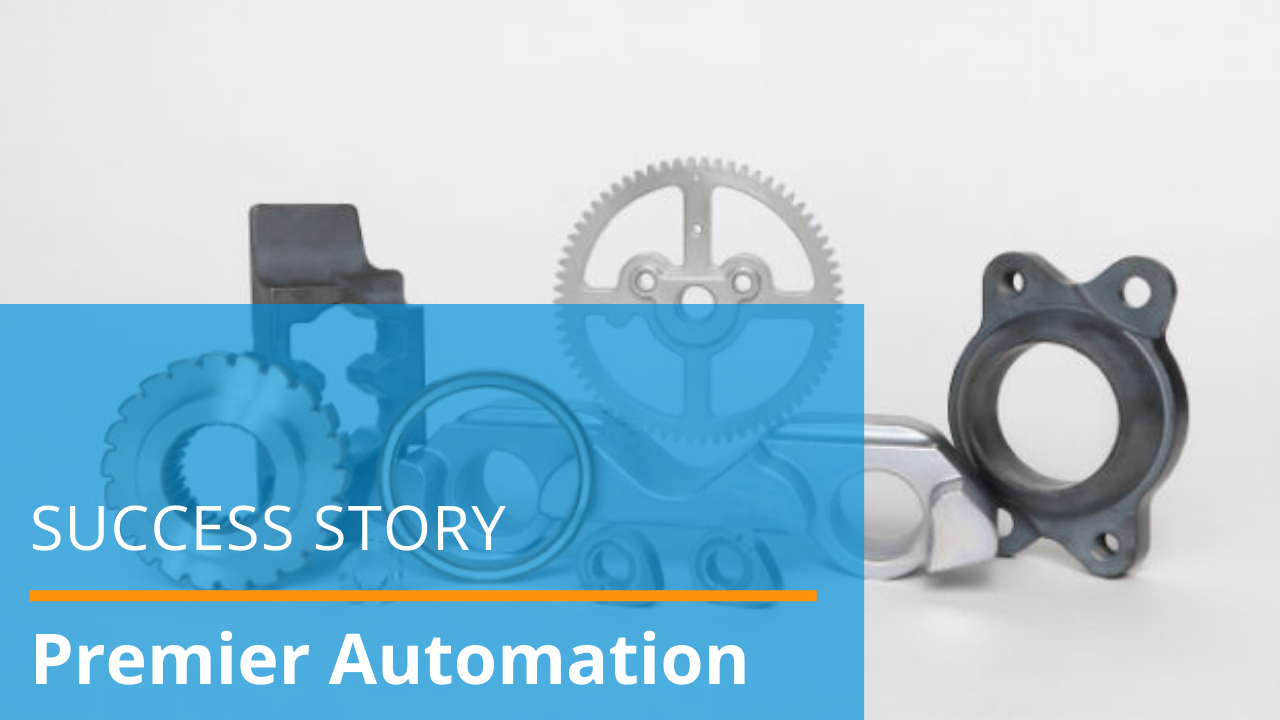Most products that you come across in your day-to-day life have been certified to meet certain safety standards. A certification is documentation provided by a certifying organization to show that a product meets all the requirements of that specific organization. If you look at your phone charger or most other electronics, you will probably notice the markings of UL, CUL, or some other certifying organization saying that your specific product meets their requirements. Control panels also have their own subset of certification.





